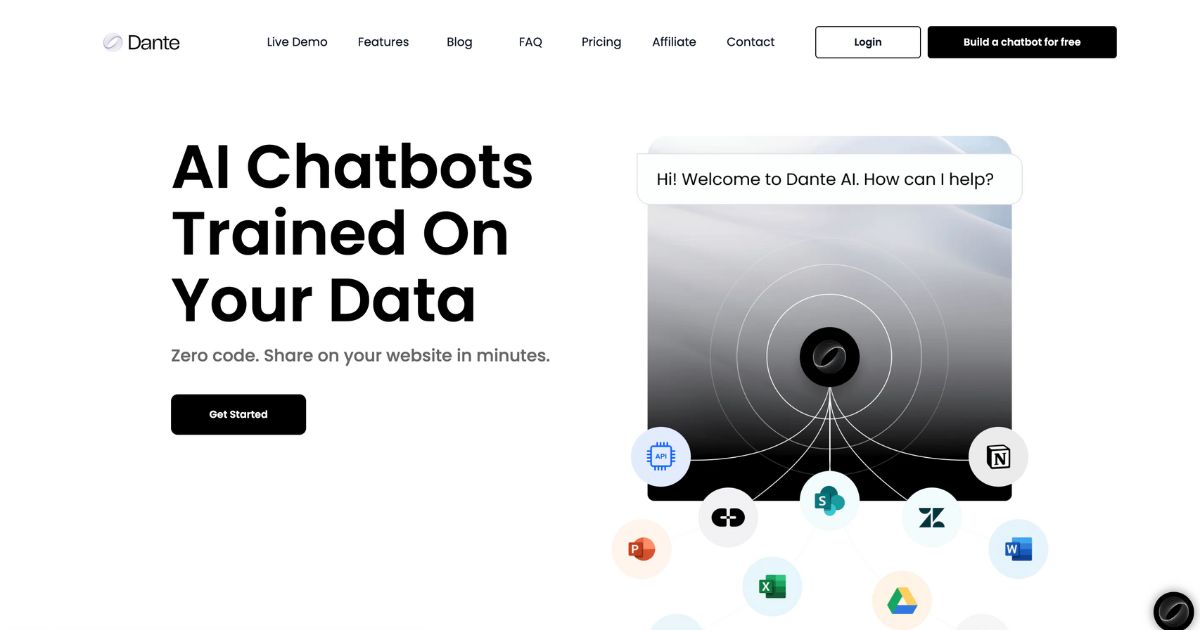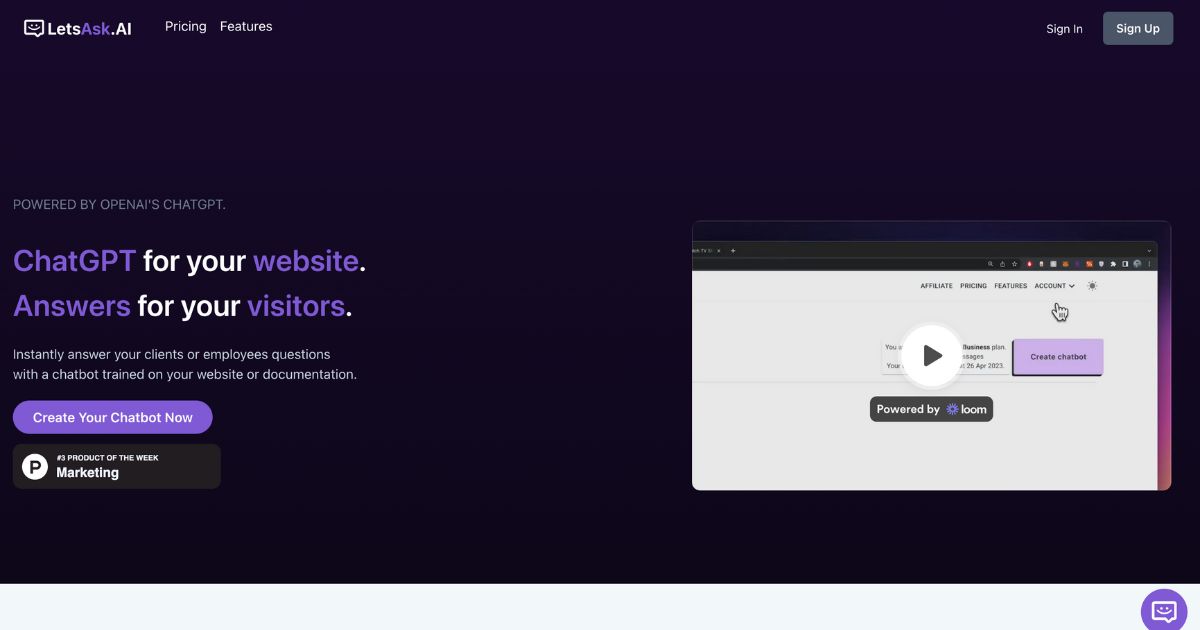[[{“value”:”
In the grand design of corporate culture, the leadership team act as architects, tasked with building a resilient workforce foundation that stands the test of time.
In the war for talent retention, one simple thing can make all the difference: meaningful recognition. It turns out, acknowledgment is more than just a nice gesture— it’s the cornerstone of employee loyalty, engagement and retention.
Given the current levels of engagement Australian employees are recently reporting, businesses must prioritise recognition more than ever. The statistics are clear, an eye-opening 56% of employees have contemplated leaving their jobs in the past six months, and the real kicker is that 35% point to a lack of recognition as a significant push factor.
Now, if these were the results of a customer satisfaction survey, businesses would be racing to revamp their service or product offerings. Just like customers need to feel valued and listened to, employees seek acknowledgment and recognition for their contributions. It’s a stark reminder that in the workplace, appreciation is essential and not just a perk. Imagine, one in three of your workforce potentially walking out the door primarily because they don’t feel recognised—that’s a scenario no business can afford to ignore.
When thinking about recognition combined with rewards, it’s important to understand that
this transcends mere incentives, touching on the intrinsic motivations that drive people to excel. When employees feel recognised, their satisfaction and engagement levels soar, leading to increased loyalty and a reduced likelihood of seeking opportunities elsewhere. In the same vein, recognition that reinforces progress, both big and small, towards a specific goal helps managers continually motivate their people.
Important to note is this isn’t a quick fix – by strategically embedding a continuous culture of recognition and rewards, organisations make a pivotal move towards bolstering productivity and performance, cultivating a sense of belonging and value amongst employees. This matters more than you might think as nearly half of Aussie employees think recognition is a must-have element that they seek in potential employers. To top it off, three out of five believe that a straightforward ‘thank you’ for their hard work would improve their work wellbeing.
Implementing an effective recognition program involves more than sporadic gestures of appreciation. It requires crafting an approach where recognition is woven into the fabric of a company’s culture. This includes creating platforms for peer-to-peer recognition and ensuring that rewards are meaningful and aligned with the values of both the employee and the organisation.
Additionally, leveraging technology can play a pivotal role in facilitating and tracking recognition efforts, making it easier to celebrate successes and milestones in real-time. Such tools free up HR and business leaders to focus on other goals and give managers the freedom and tools they need to use recognition to motivate their teams.
Take Suncorp Group Limited for instance. The organisation employs 13,400 employees across Australia and New Zealand and uses its recognition and reward scheme to issue an impressive 76,000 eCards, a digital version of a greeting card, annually, along with an average of 200 nominations for company awards each month.
We know that the direct correlation between recognition and employee retention points to a deeper understanding of humans at work – people thrive in environments where their contributions are seen and valued, so the question isn’t whether businesses should adapt to changing needs, but how quickly they can do so. Central to this adaptation is fostering a workplace culture that seamlessly integrates moments of recognition with the company’s broader brand identity. This approach ensures that employees’ experiences resonate with their expectations, reinforcing their commitment to the company. This isn’t just a best practice; it’s a strategic necessity where the ability to attract and retain skilled professionals can make the difference between success and obsolescence.
Keep up to date with our stories on LinkedIn, Twitter, Facebook and Instagram.
“}]]





